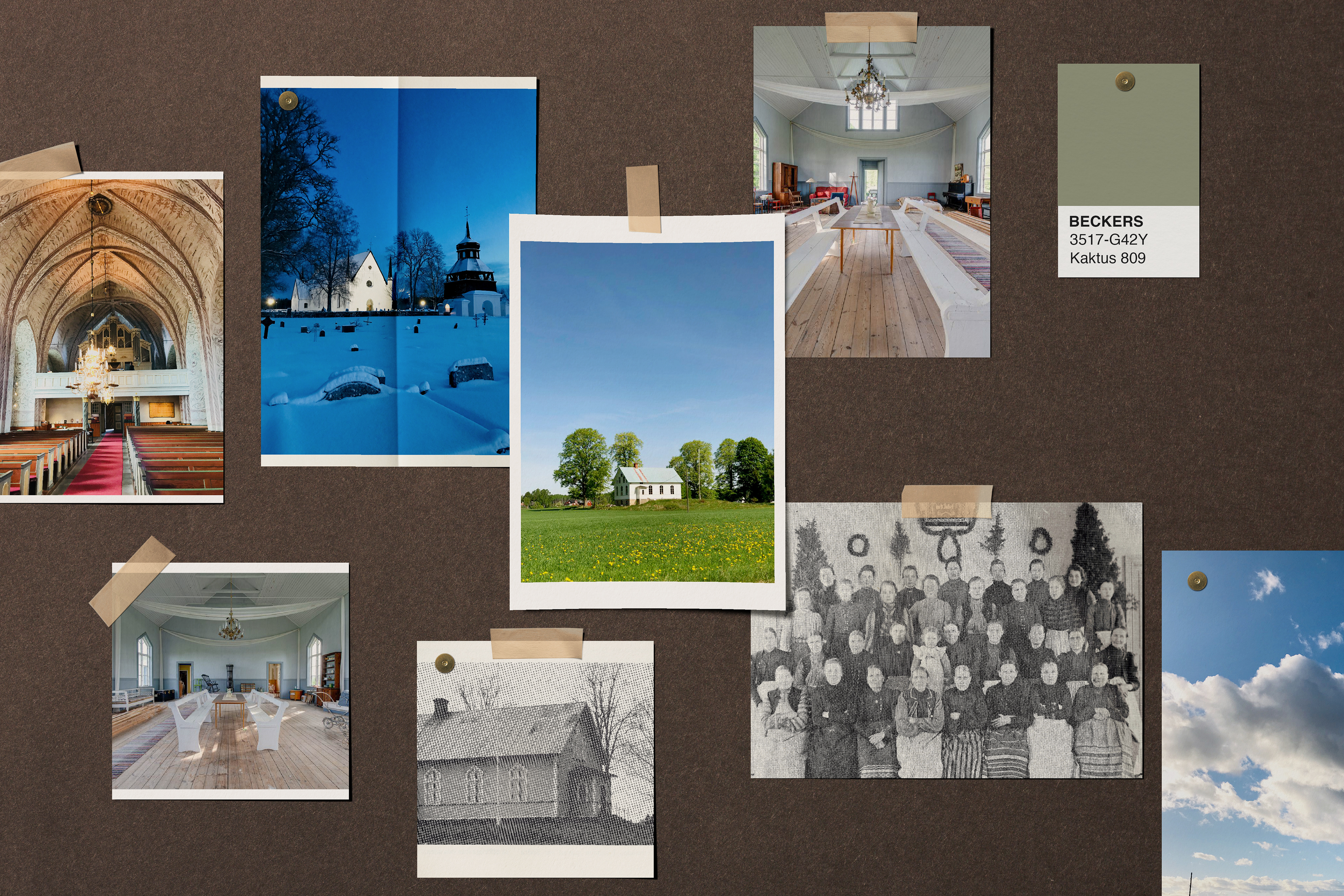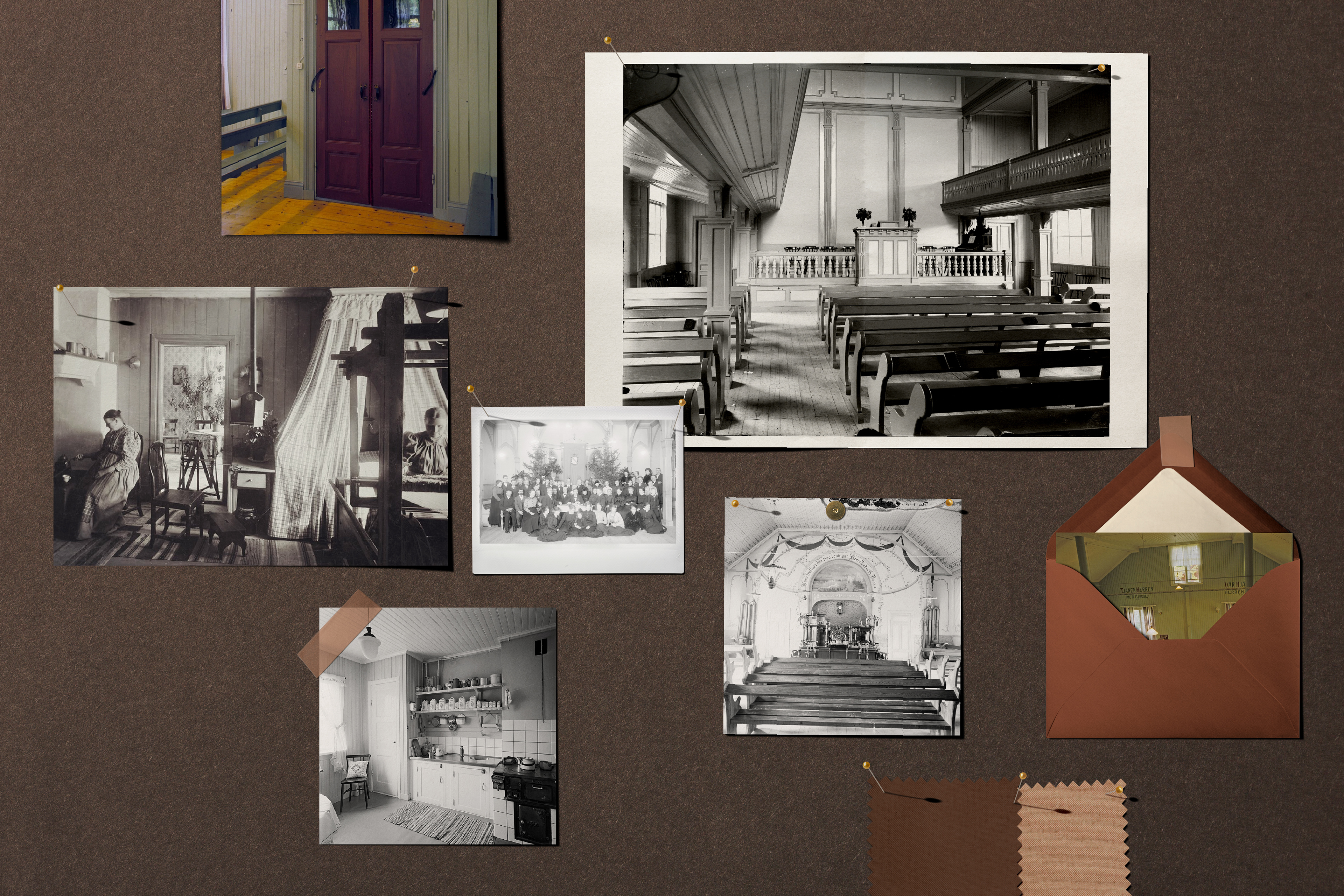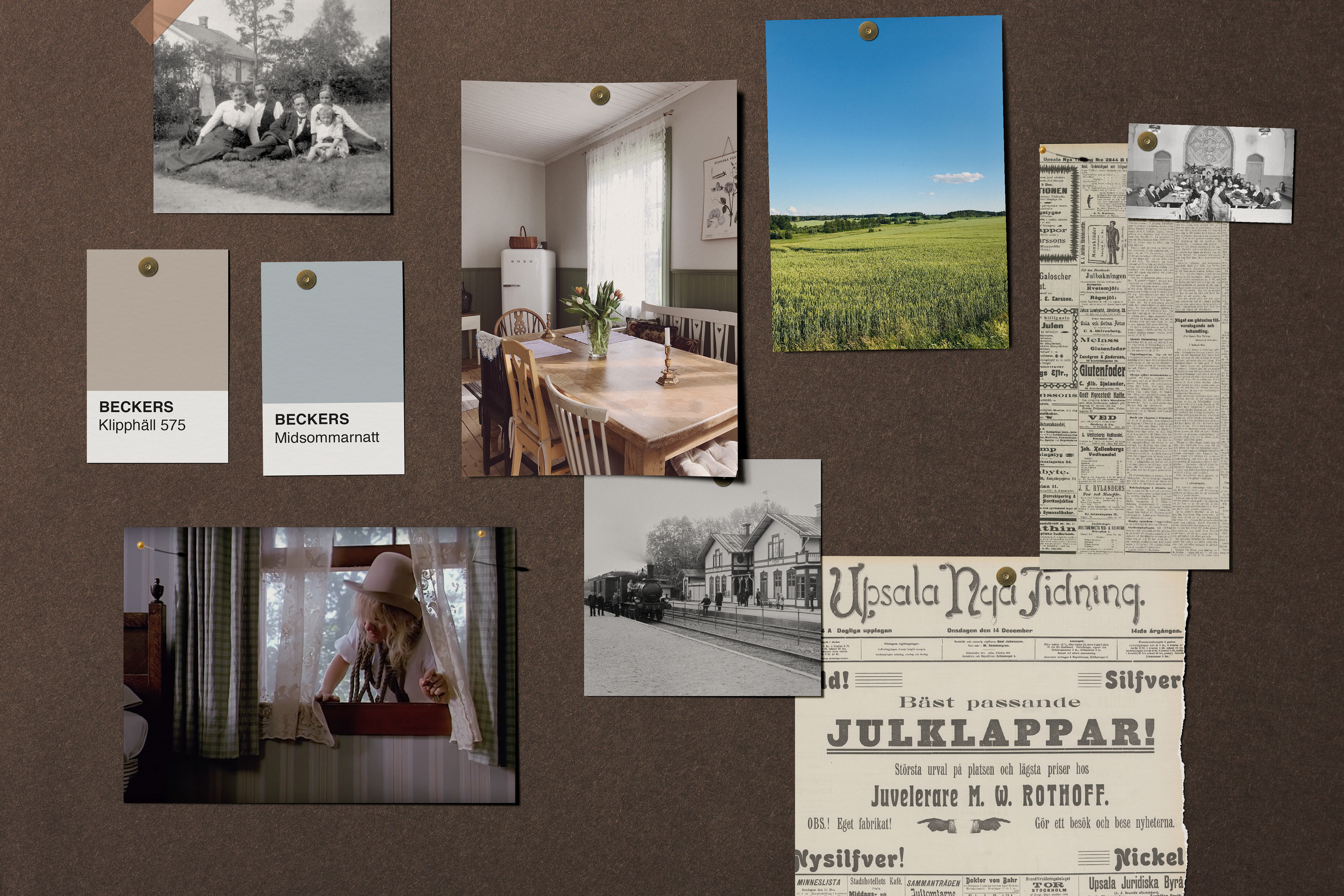Originally built in 1904 as a chapel, this unique space in the Swedish countryside has been transformed into a creative studio and art gallery. Blending history with contemporary purpose, it serves as a meeting place for artistic exploration, creativity, and rural simplicity.
The restoration of the chapel was conceived as an artistic project, a deeply personal endeavor to create something meaningful and reflective of my world. Although it was the first home that has felt like my own, there is a certain nomadism present in my spirit that prevents me from seeing it as a permanent anchorage. Interestingly, this transient energy mirrors the chapel's own history, once a sanctuary for missionaries whose lives were defined by travel and movement.
Drawing on extensive artistic and historical research, including archival materials from the National Library of Sweden (Kungliga biblioteket), I have undertaken the creative direction, curation, and design of the residence.
The process of renovation



I designed this Art Nouveau-inspired poster for the reopening of Öndebo Missionshus in Sweden, drawing inspiration from biblical illustrations from the early 1900s uncovered during the renovation process. The poster seeks to evoke a sense of reverence and timeless beauty, paying homage to the rich artistic traditions of that era while celebrating the chapel’s revival as a space of cultural and artistic significance.
Art Nouveau, also known as Jugendstil in Swedish, was an ornamental art movement that flourished between roughly 1890 and 1910 across Europe and the United States. It is renowned for its distinctive aesthetic, marked by flowing, organic forms that echo the delicate curves of plant stems, blossoms, and other elements of nature. The style found expression in architecture, posters, illustration, and decorative arts, often combining craftsmanship with innovative techniques to create works that were both functional and profoundly artistic. Through this poster, I aimed to channel the essence of this celebrated style, harmonizing its natural motifs with the historical and cultural themes of the chapel.